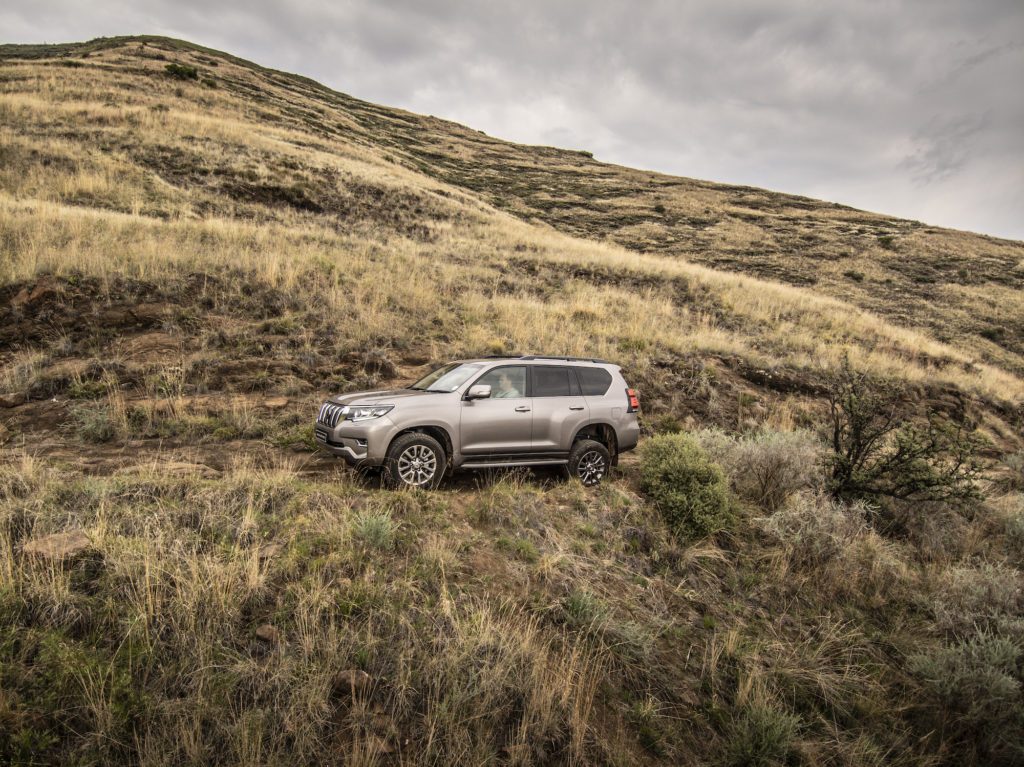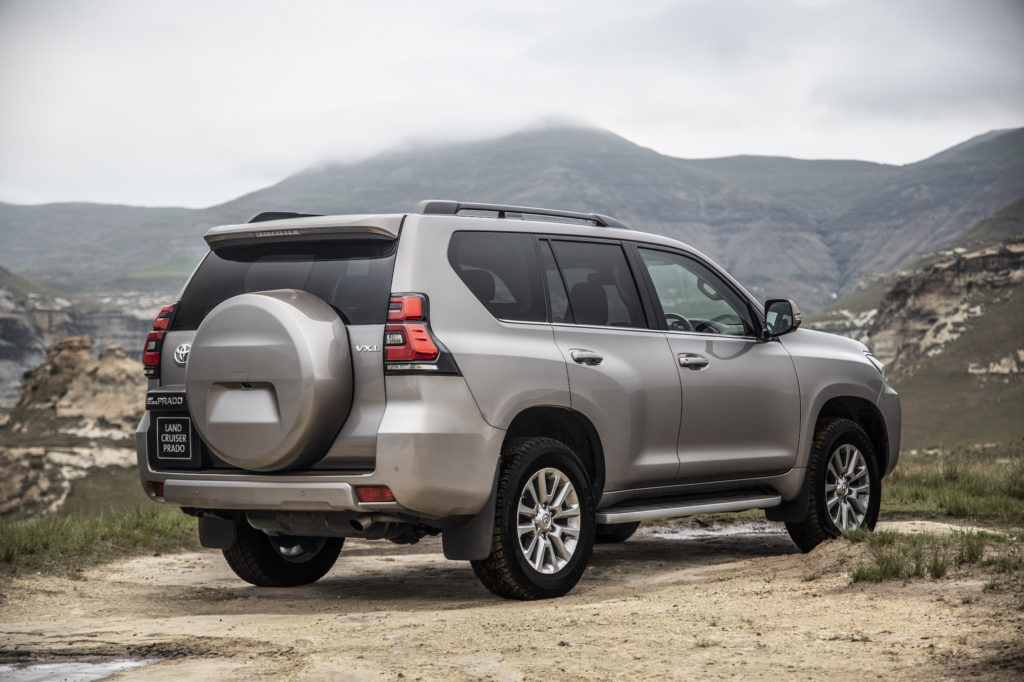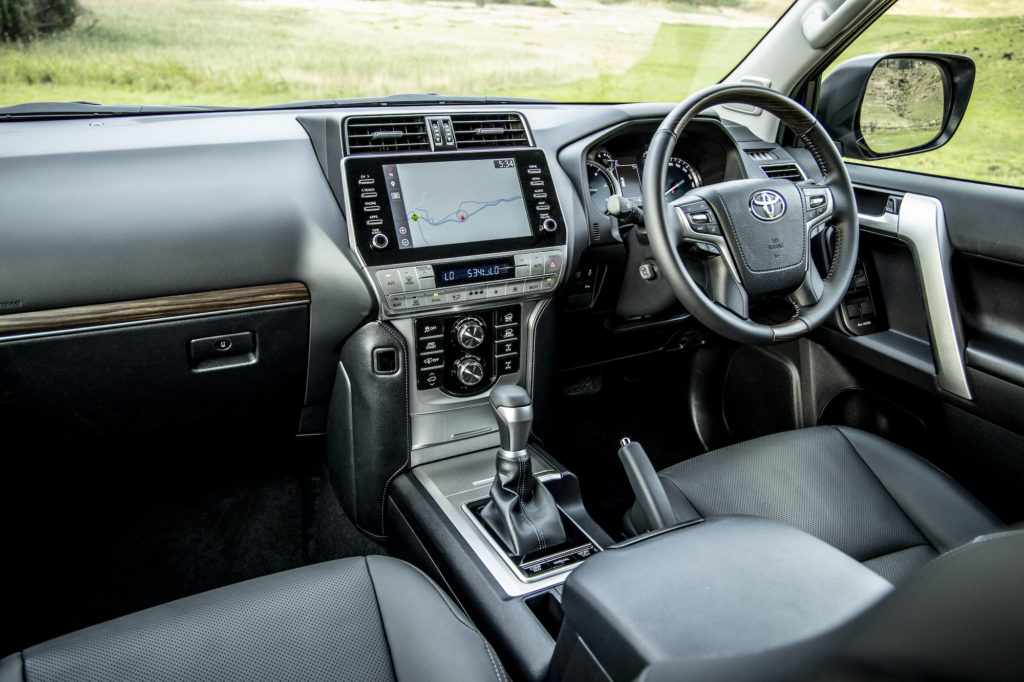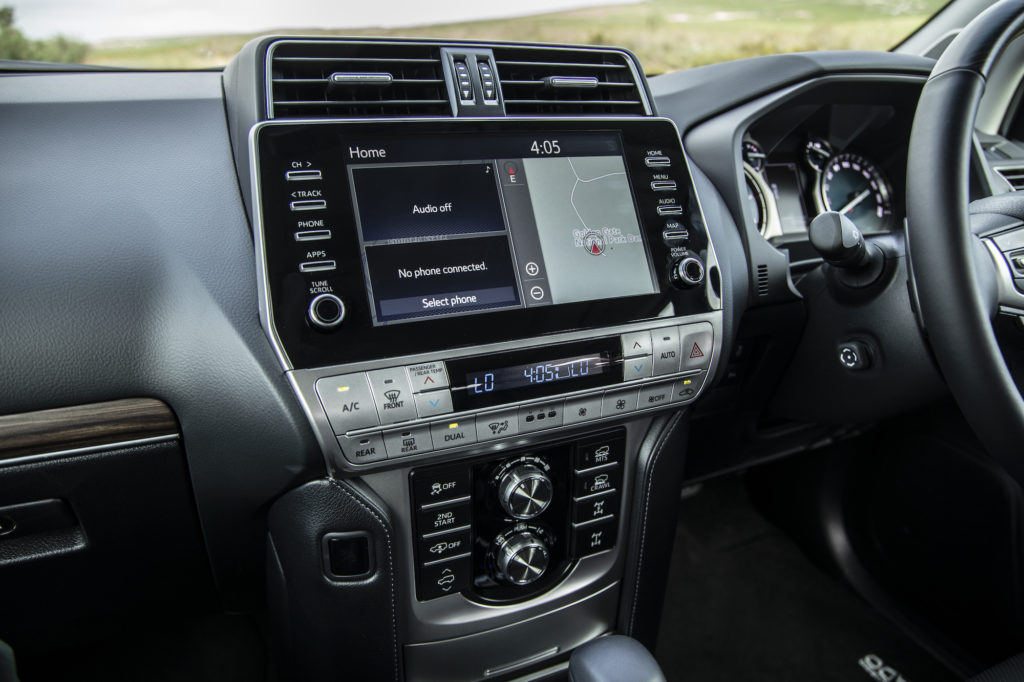
The Toyota Land Cruiser Prado is turning 25 this year, and has reached great heights during its lifetime.
It slots in as the second-most-premium SUV from the brand, and accounted for more than 2% of the company’s local sales during 2020.
It is currently being sold as a luxury SUV that features lots of technology and power, with the entry-level model starting at over R950,000.
Looking at the original 1996 Prado launch press release, its first line will reaffirm this was their plan all along – and that it was meant to signal prestige in the Toyota line-up.
“From the sweltering heat of infinite deserts and the depths of majestic rainforests to the traffic chaos of today’s mega-cities, one four-wheel drive vehicle is capable and reliable enough to tackle the worst road nightmares… the Toyota Landcruiser.”
A generational design
It is obvious that the new Prado offers leaps and bounds more luxury, features, connectivity, safety, and power over its first-generation version – but just how much has it gained in 25 years?
In 1996, it was launched as a derivative of the popular Land Cruiser station wagon and was available in two body styles – 3-door and 5-door.
The Prado of today can only be bought in a 5-door style.
The tapered nose, a short bonnet, a high roofline with pre-installed railings, and an abrupt back-end are still found on the modern version, however.
At the back, there is still a spare tyre and both vehicles even have similar accent lines.
A welcome change then comes in the form of the removal of the plastic skirts that wrapped the 1996 model – and in 2021 there are more chrome details and body-coloured panels.
Updated engine
The upgrades also extend far into the engine bay.
25 years ago, two engine options were available:
- A 3.4-litre V6 petrol engine that delivered 136kW of power and 294Nm of torque.
- A 3.0-litre diesel engine which produced 103kW and 333Nm.
In 2021, there are also two engines available in the Prado range:
- The entry-level 2.8-litre diesel that puts out 150kW of power and 500Nm of torque.
- A 4.0-litre petrol engine which generates 202kW and 381Nm.
Power figures have surely changed, but much less than expected – and the Prado is still as powerful of a player in its segment today as it was in 1996.
Another large focus for the release of the first Prado was its revolutionary suspension and new 4-wheel drive system.
It boasted the smallest turning radius in its class, a new suspension setup, and a new, full-time 4-wheel drive system which provided superior handling against the competition – according to the company.
It comes as no surprise then that the model of today is still equipped with highly-modernized and advanced versions of the suspension set-up and permanent 4-wheel drive system.
Far more features
“The list of hardware refinements in the new Landcruiser Prado is only exceeded by its amazing list of interior appointments,” stated the 1996 press release.
This list included revolutionary “features” such as a cloth seats, a deep-set instrument panel, a wide center console, increased head and leg room, fully collapsible front-and-rear seats, and a new multi audio-visual global positioning system.
As it was off-road focused, a field monitor system was fitted – which incorporated an altimeter, thermometer, and tilt gauge.
Without knowing that this was a features list for the company’s leading SUV of 1996, you might think it was constructed for the newest entry-level crossover.
The capabilities of the 2021 Prado consequently dwarf this list.
There is now leather-covered seats and details, a class-leading infotainment system, and larger dimensions with increased interior space.
Ease of operation is further aided by electric windows, automatic air-conditioning, and a multifunction steering wheel – to name just a few.
Safety systems were placed high on the list of importance for both generations, and the 1996 Prado saw the addition of dual front airbags, ABS, and ventilated disc brakes.
A new Global Outstanding Assessment impact absorbing body and high integrity cabin were also employed – which passed collision tests with flying colours and met all the safety standards of the time.
On the environmental side, Toyota used recycling technology to develop the bumpers, overfenders, and dashboard and door trims of the Prado.
Additionally – in the spirit of energy saving – a lightweight body, rigid frame, and motors with the lowest fuel consumption levels in their classes were installed.
Safety on the newest generation comprises more advanced systems such as cruise control, hill assist control, trailer sway control, traction control, and many more airbags.
A multi drive-mode select system along with a pre-crash system are optional additions – the latter of which automatically enables safety systems when risks or hazards in the road are picked up.
Price
It is clear that the Prado has been significantly improved over the years, and now sports more than it ever has.
Its price, surprisingly, did not grow as much as its features brochure.
The Toyota Land Cruiser Prado could be bought in South Africa in July 1998 for R225,400 – which translates to R732,394 in today’s money when taking inflation into account.
The range-topping Land Cruiser Prado DT VX 8-seater of 1998 had a price tag of R262,000 – which equates to R851,319.
The entry-level Land Cruiser Prado 2.8GD TX of 2021 has a starting price of R958,700 today – which goes up to R1,127,900 for the top-spec model.
















